Pulsing at Henry's
Henry Drone and his brother Richard have recently been working on a CoTD side project called 'Pulse'.
It's a great concept - a kind of improvisational danceband. Henry's been training Richard up as a bass player, and between them they've been working out a number of relatively simple, but effective 'grooves'. A lot of these are built around basslines 'borrowed' from classic soul, reggae, funk and Latin tracks. It's almost like a kind of sampling.
Henry and Richard are the permanent core of the group, supplemented by a continually varying line-up of other Droners who improvise over the top of their grooves. A couple of low-profile gigs (private parties) have been great successes, and this coming weekend I'm part of a Pulse line-up which is playing two sets out at a little festival near Coleford (Saturday) and then again at the Respect Festival at The Phoenix here in Exeter (Sunday).
We ran through the sets at Henry's last night - he and Richard plus me (saz and percussion), Keith (electric guitar) and Rupert (percussion). Mark will also be joining us on keyboards, and we'll be rehearsing with him tonight.
It's sounding very fresh, and as Richard made a minidisc recording, I might as well make it available for listening:
set 1 (21:38) set 2 (37:08)
It occured to me last night that various formats exist whereby bands can establish an extended groove to get a crowd dancing (funk/soul bands, dub/reggae bands, Grateful Dead-style psychedelic 'jam-bands', etc.), but they are always tied to song structures: Song starts, verses are sung, extended groove is established, more verses, song ends, audience stops dancing to applaud and await next song. But with the emergence of 'club culture', seamless house DJ'ing, etc., it has become apparent that the song structures are not really necessary. In fact they can be counter-productive, breaking the trance-like effect of the groove. With 'Pulse', the set (like a DJ mix) just keeps going - we use percussive interludes to morph from one groove to the next, and this is becoming increasingly effective the more we do it.
It's a great concept - a kind of improvisational danceband. Henry's been training Richard up as a bass player, and between them they've been working out a number of relatively simple, but effective 'grooves'. A lot of these are built around basslines 'borrowed' from classic soul, reggae, funk and Latin tracks. It's almost like a kind of sampling.
Henry and Richard are the permanent core of the group, supplemented by a continually varying line-up of other Droners who improvise over the top of their grooves. A couple of low-profile gigs (private parties) have been great successes, and this coming weekend I'm part of a Pulse line-up which is playing two sets out at a little festival near Coleford (Saturday) and then again at the Respect Festival at The Phoenix here in Exeter (Sunday).
We ran through the sets at Henry's last night - he and Richard plus me (saz and percussion), Keith (electric guitar) and Rupert (percussion). Mark will also be joining us on keyboards, and we'll be rehearsing with him tonight.
It's sounding very fresh, and as Richard made a minidisc recording, I might as well make it available for listening:
It occured to me last night that various formats exist whereby bands can establish an extended groove to get a crowd dancing (funk/soul bands, dub/reggae bands, Grateful Dead-style psychedelic 'jam-bands', etc.), but they are always tied to song structures: Song starts, verses are sung, extended groove is established, more verses, song ends, audience stops dancing to applaud and await next song. But with the emergence of 'club culture', seamless house DJ'ing, etc., it has become apparent that the song structures are not really necessary. In fact they can be counter-productive, breaking the trance-like effect of the groove. With 'Pulse', the set (like a DJ mix) just keeps going - we use percussive interludes to morph from one groove to the next, and this is becoming increasingly effective the more we do it.
















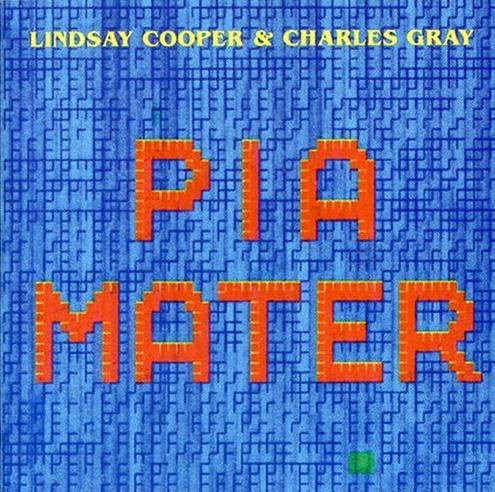




































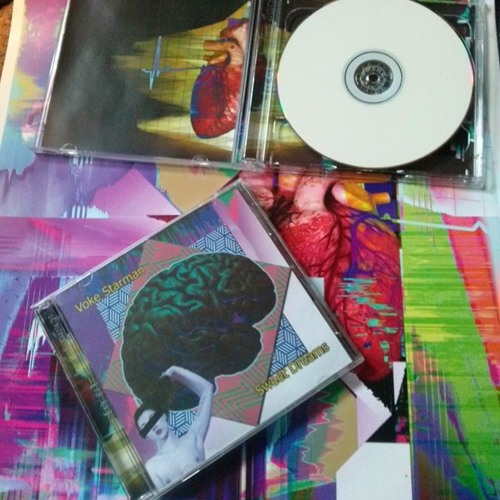



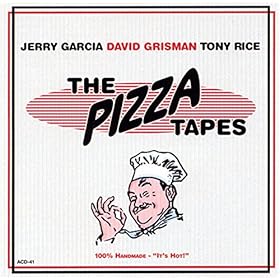

























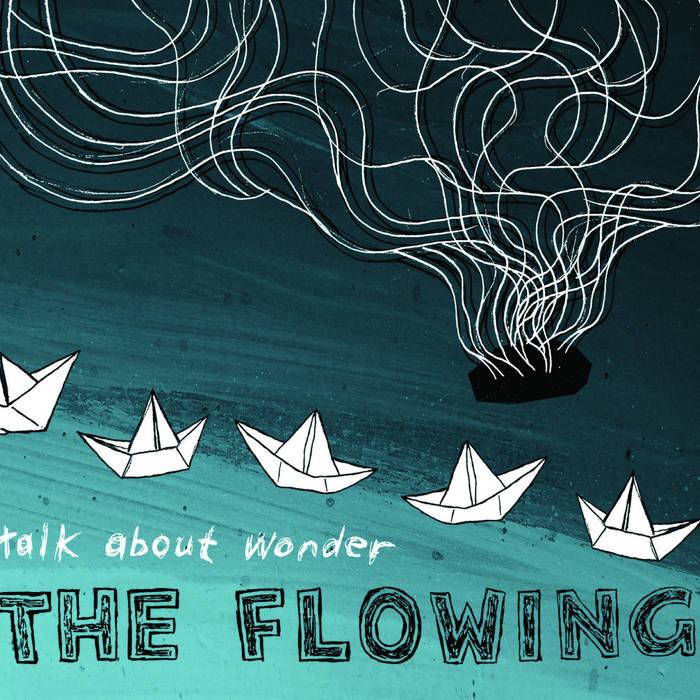












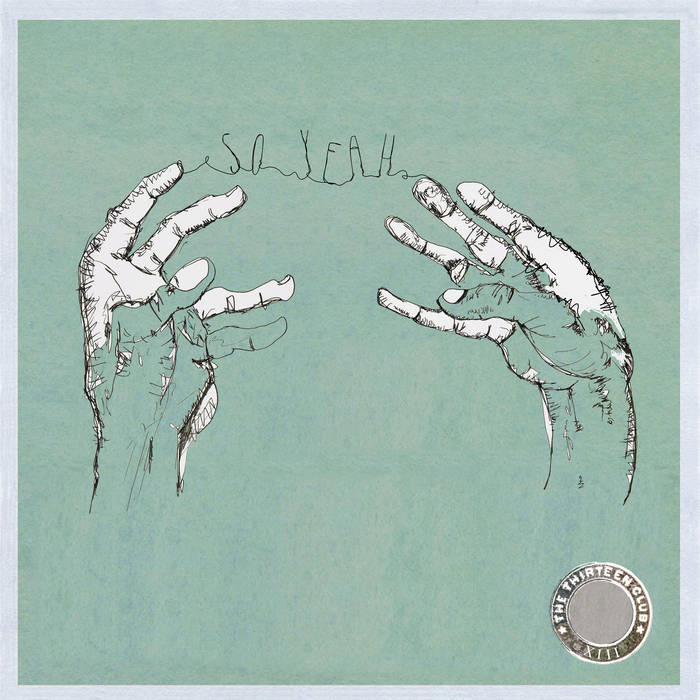







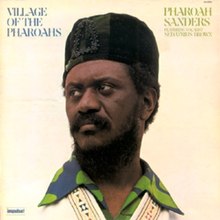







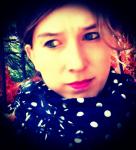



































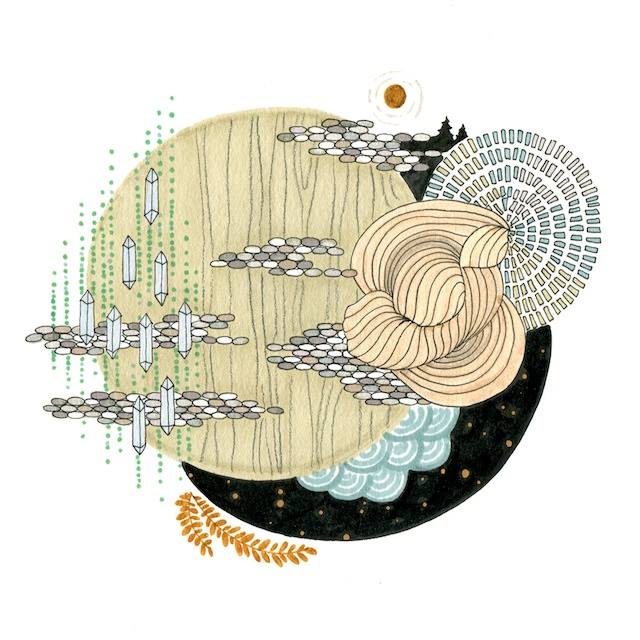





































































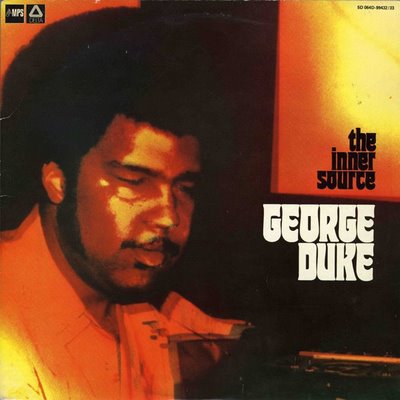












































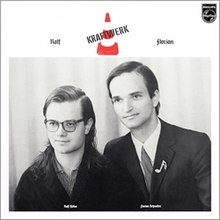


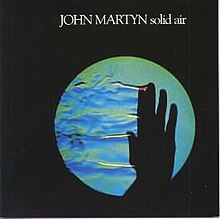



















































































































































































































































































































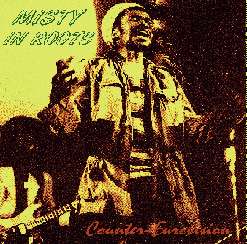





















































































































































































































































































































0 Comments:
Post a Comment
<< Home